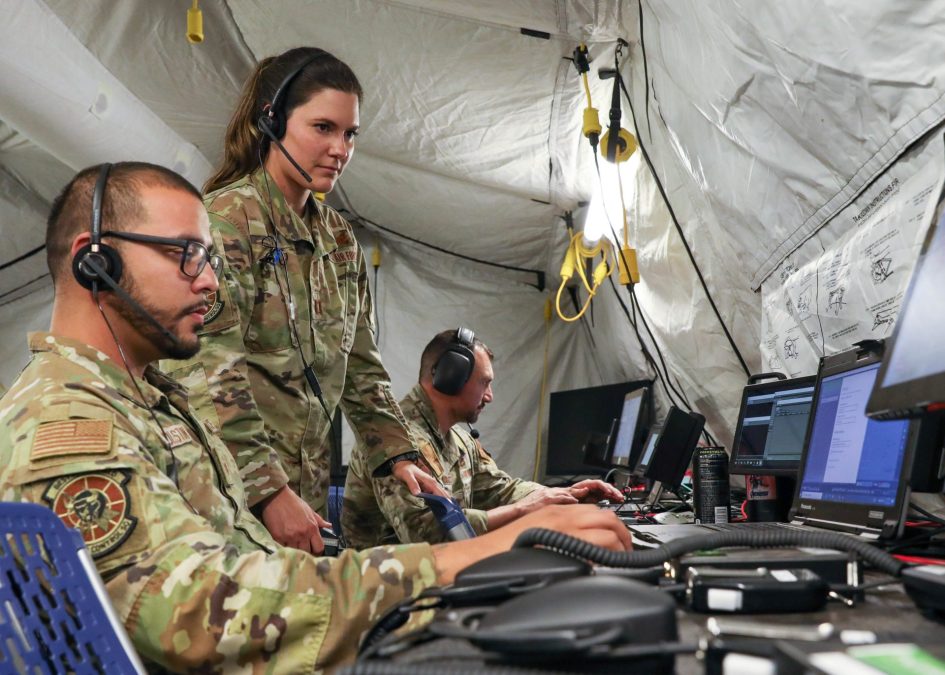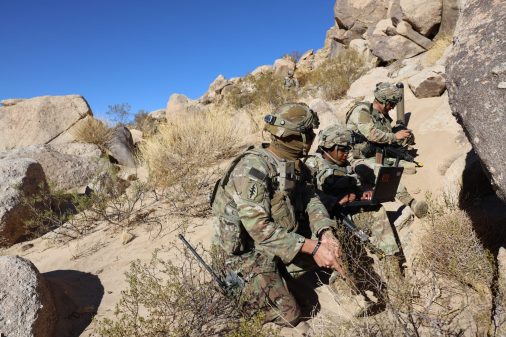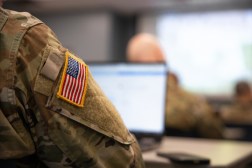Army cyber tool will focus on broader information environment

A tool the Army had been developing to allow commanders to visualize the cyberspace environment is evolving to encompass the entire information environment, including social media.
Cyber Situational Understand, or Cyber-SU, is specifically designed for ground commanders to have better insight into the cyber and electromagnetic landscape to make more informed decisions, but it is not meant to be used for cyberspace operations.
As the information landscape has changed in recent years, the program has received new requirements to allow commanders to better understand the entirety of their battlespace.
“Where we’re going from a requirements perspective, we’re starting to make a soft pivot toward the information space. The last couple of years, we’ve been very much focused on cyber and collecting cyber data, producing that cyber layer in the common operating picture. But now, we’re venturing into the gray space,” Col. Matthew Paul, project manager for mission command at the program executive office for command, control, and communications-tactical, told DefenseScoop in an interview. “We want to be able to have access to publicly available information to include social media data — being able to access that sort of data to fuse it with all of our cyber data to give that commander the picture about the information space within the area of operation so we understand what is the sentiment, what is the media narrative, what are the people saying in the area of responsibility?”
For the so-called gray space aspect, Paul said they’re focused primarily at the theater level given that’s where the authorities for these types of operations exist. They’ll be working with the theater information advantage detachment, units specifically focused on the competition space for the Army in coordinating information and non-kinetic capabilities.
To date, they’ve only done basic threads on the publicly available information aspect at the recent Cyber Quest, an experimentation venue where the Army seeks to test emerging technologies on either existing or desired capabilities brought by contractors to help inform future requirements and concepts.
The plan is to soon bring this to the field with actual units.
More broadly, Paul described the Cyber-SU program as still nascent, quite new and a minimum viable product. The program office worked to put a solution into the field quickly, he said about a year ago, to gain initial soldier feedback.
They’ve been doing testing with 1st Armored Division for Cyber-SU and just had a capability drop one operational test in spring.
“That was really the first full-up sort of event with a unit, conducting a realistic set of operational tasks in a realistic operational environment,” Paul said, noting the biggest feedback was the need to automate more components of the system.
Paul added that the system is very dependent upon data and with the validation of the Army’s tactical data fabric concept this summer at Talisman Sabre, the system can now be more robust.
“Cyber-SU grew up without a data fabric solution and grew up without the ability basically to touch, to reach into one solution, to pull in the data that it needs to do what Cyber-SU is required to do. The way we deployed it as part of the [operational test] was somewhat limited, right? It was based on certain limitations about the data that the tool itself could access within the ecosystem,” he said. “What would have made Cyber-SU a more effective tool, is if when we deployed it would have been fully integrated with a data fabric solution that had access to myriad data sources that the Cyber-SU tool can utilize … It needs to have access to the data ecosystem to pull in various cyber logs, other data that monitor the health of the network of all the information systems. It needs those connections and it needs that data to be an effective capability.”
Only about a month ago, the Army started integrating the Cyber-SU capability with the data fabric solution.
“We’re going to double down on automation and more data integration with the data fabric solution, which I think will open more doors and opportunities for Cyber-SU as a more effective capability,” he said.






